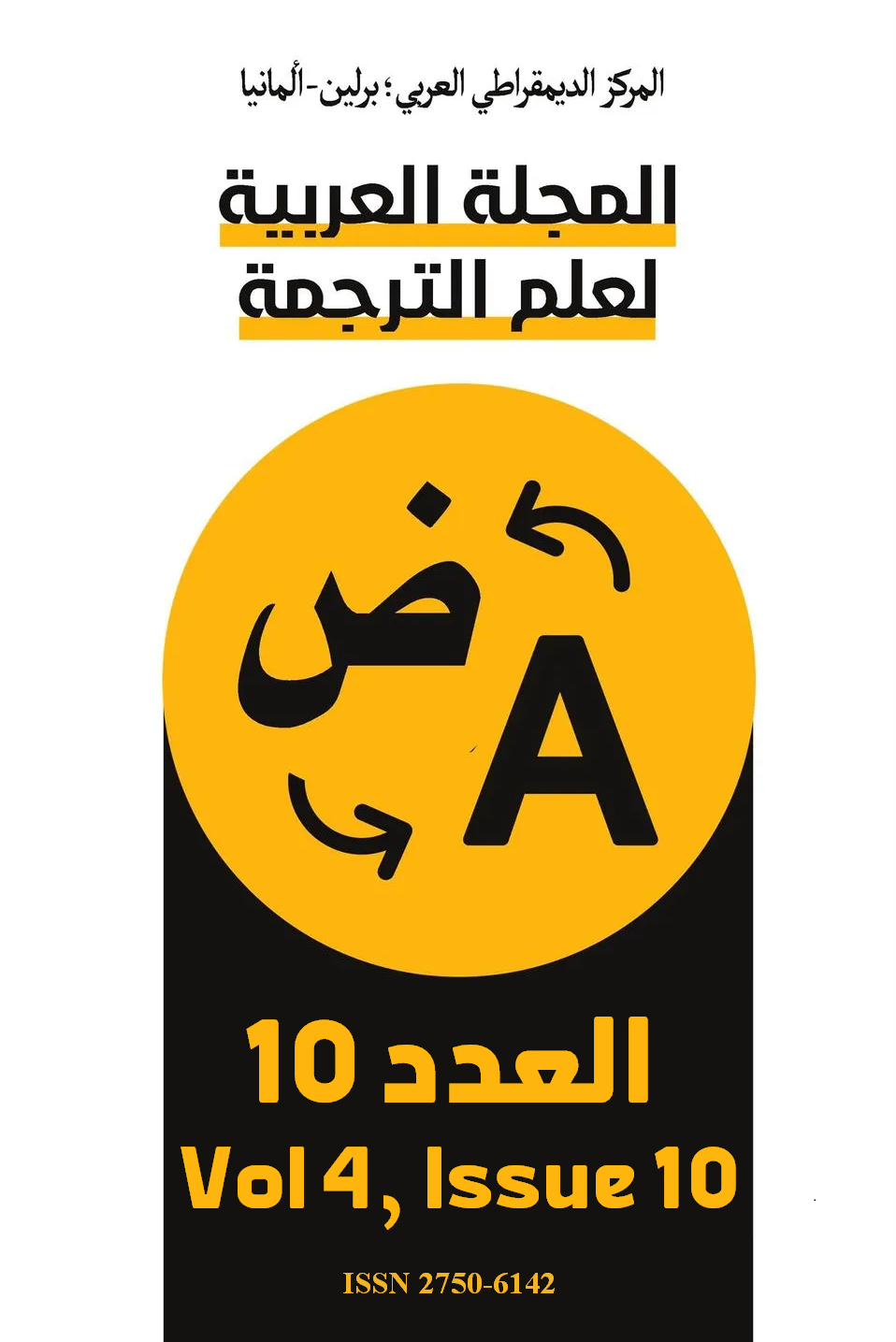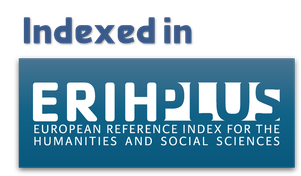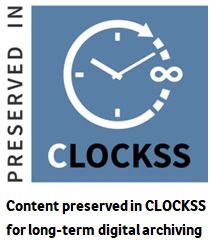Translation as an Art between Skill and Theories: A Descriptive and Analytical Study of Modern Translation as an Art between Skill and Theories
DOI:
https://doi.org/10.63939/AJTS.mtxr6m90Keywords:
Translation, Art, Skill, Theories, Analytical studyAbstract
This study aims at modern translation as an art, science, skill, and strategic and important theories to connect the peoples of the world with each other, due to the commonalities between peoples in terms of humanity, livelihood, civilization, economy, and culture at various levels. It has become difficult to ignore the universality of translation and its important position in various fields, and the rapid and amazing developments it has undergone as an art, skill, and then a science that has developed towards the better. This development was followed by important theories to guide translation towards the brighter and more prosperous better, such as the theories of Jacobson, Garces, Catford, Eugene Nida, George Steiner, Efim Ankid, Antoine Berman, Edmond Carey, and others.
In this study, the researcher tried, through description and analysis, to address modern translation, its developments, and its most prominent and important theories, based on the problem that we formulate as follows: What about modern translation as an art, skills, and theories? What is new in it? Through this research paper, the researcher addressed the universality of translation, types of translation, its status, and focus on it as an art, skill, and theories that keep pace with the civilization of the peoples of the world and play the largest role in it. The research reached a number of results, and the goal is to contribute in order to enrich the translation library, even if only to a small extent.
Downloads
References
Abu Risha, M. Y. (2012). Lectures in general translation. Amman: Arab Academy for Professional Translators
Molina, L., & Hurtado Albir, A. (2002). Translation techniques revisited: A dynamic and functionalist approach. Meta, 47(4), 498-512 DOI: https://doi.org/10.7202/008033ar
Bahrawi, H. (2020). Theories of translation in the twentieth century. Sharjah: Department of Culture, Government of Sharjah
Al-Tunji, M. (1999). The detailed dictionary of literature (2nd Ed.). Beirut: Dar Al-Kutub Al-Ilmiyyah
Al-Jawhari, I. (1990). Taj Al-Lugha and Sahih Al-Arabiyyah (4th Ed.). Beirut: Dar Al-Ilm Lil-Malayin
Gil, D., & Tajo, M. A. (2005). Principles of the science of translation. French University Presses (PUF)
Gile, D. (1991). Methodological aspects of interpretation (and translation) research. Target, 3(2), 153-174 DOI: https://doi.org/10.1075/target.3.2.03gil
Shahin, M. (1998). Translation theories. Amman: Dar Al-Thaqafa Library
Solh Jo, A. (1385 AH). Guftman and translation (4th Ed.). Tehran: Markaz Publication
Saliba, J. (1982). Philosophical dictionary. Beirut: Dar Al-Kitab Al-Lubnani
Al-Eiss, S. (1999). Translation in the service of popular culture. Damascus: Arab Writers Union Publications
Catford, J. S. (1991). Linguistic theory in translation. Arab Affiliation Institute
Marouf, Y. (1384 AH). The art of translation. Tehran: Samt Publications
Nida, E. A. (1991). Theories of translation. TTR: traduction, terminologie, rédaction, 4(1), 19-32 DOI: https://doi.org/10.7202/037079ar
Cary, E. (1956). La traduction dans le monde moderne. Genève: Librairie de l’Université George
Catford, J. C. (2004). In B. Hatim & J. Munday, Translation: An advanced resource book (p. 27). London: Routledge
Garcés, C., & Valero, C. (1994). A methodological proposal for the assessment of translated literary works: A case study, The Scarlet Letter by N. Hawthorne into Spanish. Babel, 40(2), 77–102 DOI: https://doi.org/10.1075/babel.40.2.03val
House, J. (2009). In J. Munday, The Routledge companion to translation studies (p. 213). London: Routledge
House, J. (1997). Translation quality assessment: A model revisited. Tübingen: Gunter Narr Verlag
Jakobson, R. (1959). On linguistic aspects of translation. In R. A. Brower (Ed.), On translation. Cambridge, MA: Harvard University Press
Downloads
Published
Issue
Section
License

This work is licensed under a Creative Commons Attribution-NonCommercial 4.0 International License.
As an open-access the journal follows the CC BY-NC 4.0 Attribution-NonCommercial 4.0 International which states that:
- you are free to:
- Share— copy and redistribute the material in any medium or format.
- Adapt— remix, transform, and build upon the material.
- Under the following terms:
- Attribution— You must give appropriate credit, provide a link to the license, and indicate if changes were made. You may do so in any reasonable manner, but not in any way that suggests the licensor endorses you or your use.
- NonCommercial — You may not use the material for commercial purposes.
- No additional restrictions — You may not apply legal terms or technological measures that legally restrict others from doing anything the license permits.












